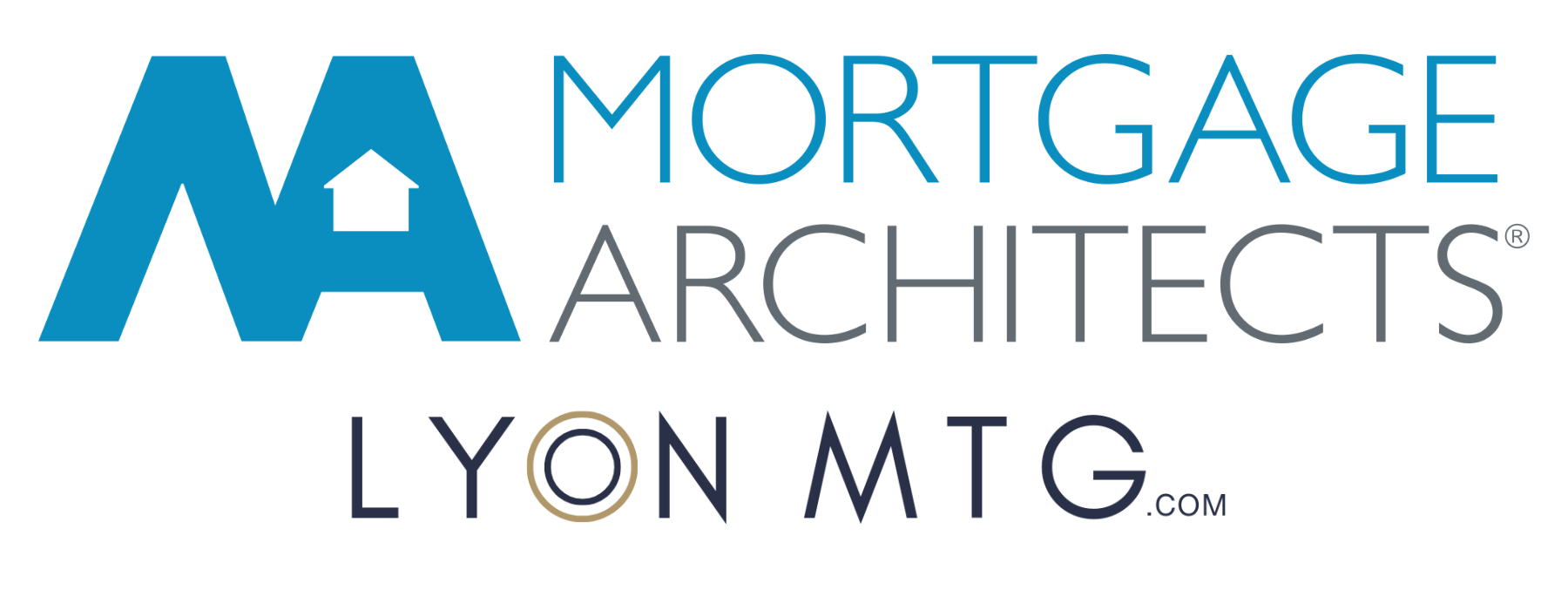Understanding Your Pre-Approval: What to Do Now and What Happens Next
Congratulations! You've received your pre-approval and you're ready to start shopping. But you might have questions: What does this pre-approval actually mean? How do you use it? What happens when you find a property?
This guide explains everything you need to know now that you're pre-approved.
What Your Pre-Approval Means
Your pre-approval is my expert analysis of what you'll qualify for, based on:
- Thorough verification of your income, down payment, debts, and credit
- My in-depth knowledge of lender guidelines and policies across 50+ lenders
- Current interest rates and mortgage products
- Analysis performed the same way a lender's underwriter will review your file
Important: At this stage, no lender has formally reviewed your file. That happens only after you have an accepted offer.
Why You Can Shop with Confidence
You might wonder: "If a lender hasn't seen my file, how can I trust this?"
I analyze your file the exact same way a lender will. I understand what each lender looks for, how they calculate income, what down payment sources they accept, and their credit requirements.
I catch issues before they become problems. By thoroughly reviewing everything myself, I identify concerns early when we have time to address them, not when you're under pressure with an accepted offer.
I take responsibility for accuracy. When I tell you what you're pre-approved for, I'm putting my professional reputation behind that assessment.
This approach gives you flexibility. Once you find your property, we can choose the optimal lender for your specific situation rather than being locked into one from the start.
After Your Pre-Approval
Now that you're pre-approved, here's what you need to know while shopping:
Share Your Budget With Your Realtor
Let your realtor know your price range so they can focus on suitable properties.
Tip: Your comfortable budget and your maximum pre-approval amount are not the same thing. Many clients choose to stay below their maximum to keep room for:
- Unexpected costs or repairs
- Furniture or moving expenses
- Comfortable monthly cash flow
- Future flexibility
Do Not Take On New Debt
This is critical. Avoid applying for or taking on any new credit, including:
- Car loans or leases
- New credit cards or “store savings” cards
- Furniture or appliance financing
- Personal loans
- Co-signing for someone else’s debt
- Increasing credit limits
Why it matters: Every $100 in new monthly payments can reduce your mortgage borrowing power by about $13,500. A $400 car payment could lower your maximum purchase price by more than $50,000.
When in doubt, call me first before financing anything new.
Other Changes to Avoid
- Large withdrawals from your down payment funds
- Job changes or switching to commission-based income
- Big purchases on credit (even if you plan to pay them off)
- Co-signing for someone else’s loan
A simple call before making a financial move can prevent major delays or lost opportunities.
Pre-Approval Validity
Your pre-approval stays accurate as long as:
- Your income, employment, debts, and credit remain the same
- Interest rates don't change dramatically
- Lender policies remain consistent
If rates or lender policies shift significantly, I’ll contact you to review and update your numbers.
Rate Protection
If you’re worried about interest rates increasing while you shop, we can look at setting up a rate hold.
What’s a rate hold?
A rate hold is a commitment from a lender to lock in a rate for up to 120 days. If rates rise, you’re protected. If rates fall, you’ll get the lower market rate instead.
When does it make sense?
Rate holds are most useful when:
- Rates are expected to increase in the near future
- You’re close to your maximum budget and even a small rate increase could affect your approval
- You simply want peace of mind about potential rate changes
My Approach
Rate holds don’t lock you in permanently with that lender, but they can limit flexibility because the lender, term and rate type has to be selected upfront. More importantly, rate hold rates are usually higher than current market rates, so I only recommend one if it looks like rates will rise significantly.
In a rising rate environment, a rate hold makes sense and becomes standard practice. In a flat or declining rate market, it usually isn’t necessary.
Questions Always Welcome
Want to discuss different scenarios? Found a property that's slightly outside what we discussed? Need to run numbers on a specific home? Wondering if a financial decision will affect your approval? I'm always available.
When You Find Your Home
Here's exactly what happens when you're ready to make an offer:
Step 1: Give Me a Heads Up
- Share the property address and details
- I'll confirm it fits within your pre-approval
- I'll flag any special considerations for that property type
Step 2: Your Realtor Includes a Financing Condition
Your offer should include a "subject to financing" condition. This protects you if financing cannot be secured. Standard condition periods are 5-10 days.
Step 3: I Submit Your Application to the Optimal Lender
Once your offer is accepted:
- I evaluate the best lenders and options for your situation and this specific property
- We have a call to go through the options and finalize the lender and mortgage product that you want.
- I submit your complete application with all documentation
Step 4: The Lender Reviews and Provides Conditional Approval
- The lender examines everything I've already verified
- They may request additional clarification or documents
- Usually issue conditional approval within 1-3 days
Step 5: We Clear Any Conditions
- Provide any additional items the lender requested
- Complete property appraisal if needed
- Typically 3-7 days total
Step 6: You Receive Full Approval
- All conditions satisfied
- You're fully approved
- You can remove your financing condition with confidence
Step 7: Closing
- Your mortgage funds
- You get the keys to your new home
Because I've already thoroughly analyzed your file, this process typically goes smoothly with few surprises.
Common Questions
What if something about the property affects lending?
Some properties require special financing (e.g., certain condos, properties with rental suites, unique property types). When you share property details with me before making an offer, I'll flag any special considerations and ensure we're targeting the right lenders.
What if I accidentally applied for new credit?
Contact me immediately. Depending on the timing and amount, it may or may not affect your approval. The sooner I know, the better I can help you manage any impacts.
What if I want to look at properties above my pre-approved amount?
Let's talk. Sometimes there are ways to increase your purchasing power (larger down payment, co-signer, etc.). Other times, it's better to stay within budget. I'll give you honest advice about what's realistic.
Can my pre-approval be denied when we go to a lender?
This is extremely rare when I've done thorough analysis and your situation hasn't changed. If it happens, it's usually because something changed (new debt, job change) or there was undisclosed information. My full underwriting process minimizes this risk.
Your Next Steps
Start shopping: You're ready to look for homes with your realtor. Share your comfortable budget with them (which may be less than your maximum pre-approval).
Protect your approval: Don't take on any new debt or make major financial changes. When in doubt, call me first.
Rate protection: If you're concerned about rates increasing, let's discuss whether a rate hold makes sense.
Found something? Give me a heads up before making an offer so I can confirm it fits your pre-approval.
Questions? I'm always available to discuss scenarios, properties, or any concerns.
Glossary
Pre-Approval: My professional review of what you qualify for, based on verified finances and lender guidelines.
Conditional Approval: A lender’s preliminary approval pending document or property verification.
Financing Condition: A clause in your offer that protects you if financing cannot be secured.
Lender:
A financial institution that provides mortgage financing. This can be a bank, credit union, monoline lender, or other regulated lending institution.
Lender Approval: The lender’s final commitment after full review of your application and property.
Rate Hold: A rate guarantee (usually 120 days) that protects you from increases while you shop.





